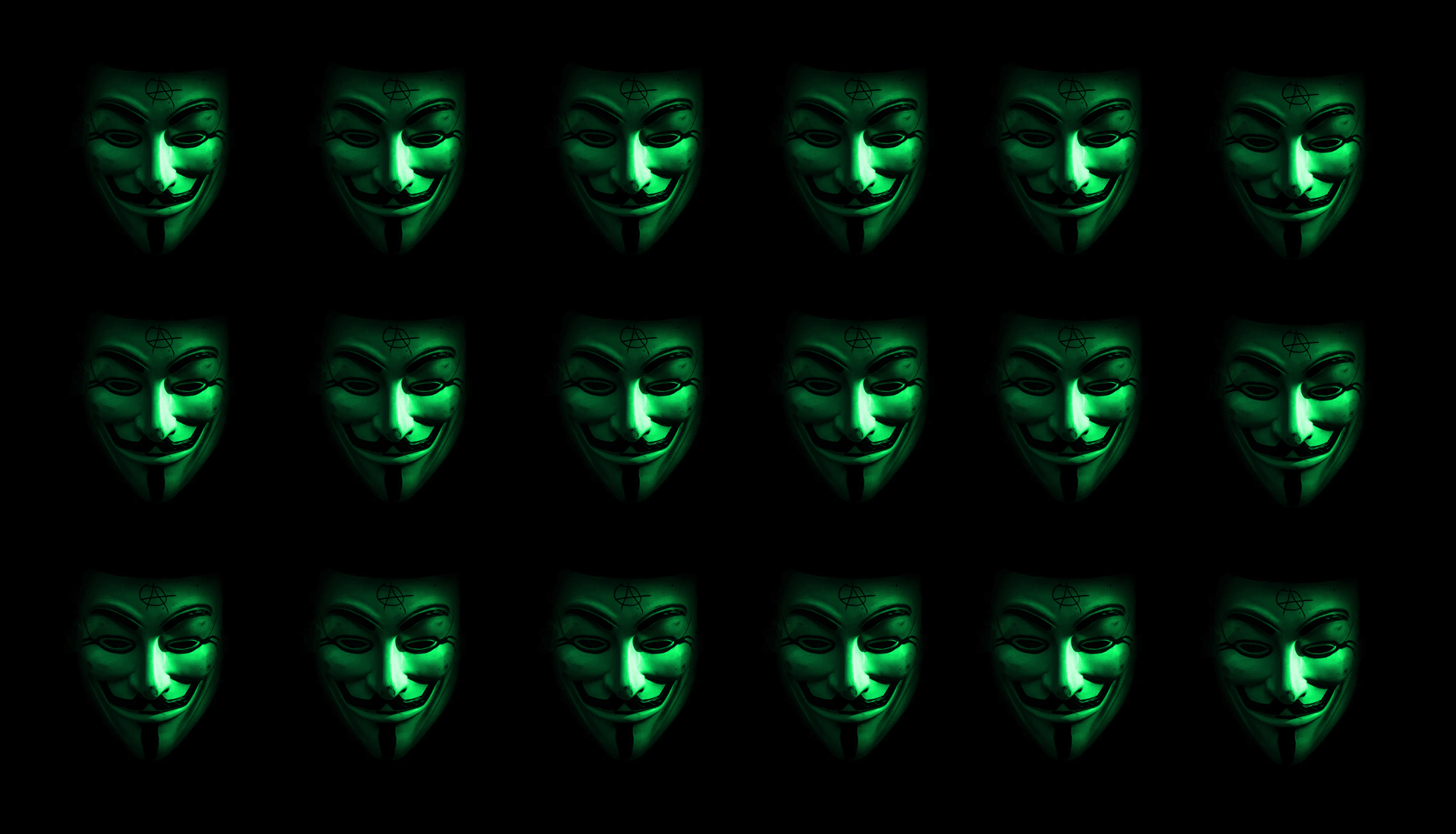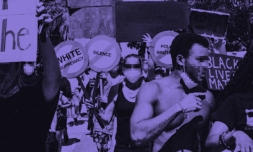After a decade in hiding, the familiar caricature of Guy Fawkes has re-emerged online and in the streets. But is this Anonymous as we once knew it?
As we now know, the atrocity of the George Floyd story was just the tip of the iceberg when it comes racial injustice doled out by US authorities. In the States and the UK, tensions continue to run high as protesters push for systematic change, all the while wrestling with the notion that their efforts are being overseen and contained by the same institutions that let them down for so long.
It’s this hypocrisy that has prompted protesters to arm themselves with canny phone apps which conceal their identities at rallies, and has stirred something of a social media front to thwart police efforts to control, and in some cases undermine the BLM movement.
If recent revelations are genuine, things could be about to get a whole lot worse for federal agencies across the States too. After almost a decade of inactivity, self-described ‘hacktivist’ group Anonymous is supposedly back, and is promising retribution for George Floyd and the thousands of victims we’ve yet to hear about.
Who is Anonymous?
Identifiable by their signature Guy Fawkes mask, which incidentally is worn by an anarchist anti-hero fighting a white supremacist government in the novel ‘V for Vendetta’, Anonymous is a loose affiliation of hackers who first met on image-board sites like 4chan in the early noughties.
Though Anonymous holds no particularly strong political affiliations, the decentralised collective has struck a cultural chord for its direct opposition to widespread censorship, government control, and fascist organisations. Comprised of an unknown number of members – known as ‘Anons’ – spanning internationally, Anonymous has performed cyber-attacks on a number of the world’s biggest corporations and government agencies, including the FBI, the CIA, and even the Pentagon. In short, they’ve garnered a rep as the ultimate band of info-warriors and whistle-blowers.
Over the years, Anonymous’ targets have fallen victim to one of three major exploits. The most common, Distributed Denial of Service (DDoS), involves directing so much data into a website server that it causes it to crash and go offline. Another key tactic, defacement, will see hacktivists hijack images and graphics on someone else’s site and replace them with their own message. Finally, and easily the most ballsy cyber-attack is doxing. Technically falling under the brackets of cyber-stalking and fraud, this process relates to the theft or destruction of private information using computer viruses.













 @fabriqueparmoi)
@fabriqueparmoi) 







